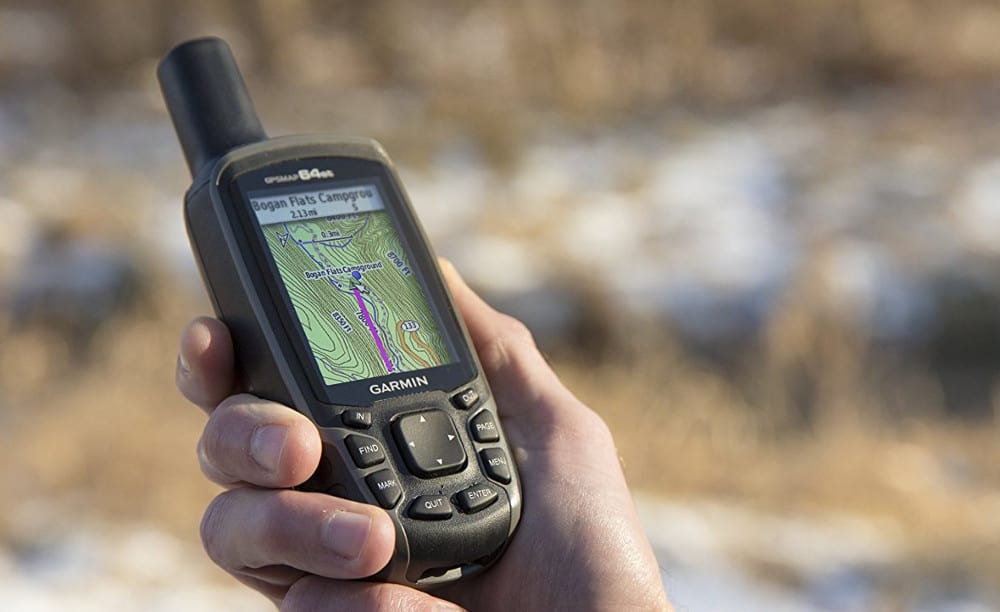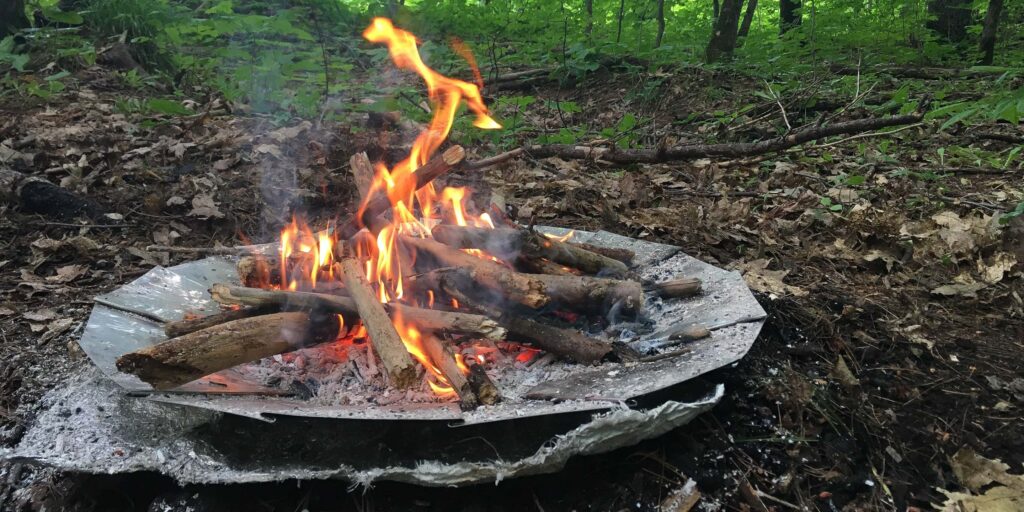Following the LNT Movement!
by Charlotte Allard, Skowhegan Outdoors ORF
With hiking underway, it is important for us to all do our part when we are out on any trail. That means we should be leaving no trace behind us. We need to respect the trails and the wildlife that naturally occurs in these areas. Whatever we do to nature, it takes much longer for it to bounce back. There are seven easy principles we can follow to protect the trails we go out on.
1. Plan Ahead and Prepare.
When planning for a hiking trip, whether it is a day hike or backpacking, you want to make sure you are planning accordingly. It is important to know of any rules, regulations, or special concerns for the area you will be in. You wouldn’t want to hike up a mountain with a bunch of camping gear just to get there and find out that there are restrictions on camping on top of the mountain. Aside from the planned portion of the hike, you also need to make sure you’re well prepared. Accidents happen all the time on the mountain; they can be just minor falls to serious emergencies which is not something you can predict. It is important to have some form of first aid kit with you as well as a form of navigation. Having a map or GPS (aside from your phone) can be very useful when navigating through the trails. It also eliminates the need for marking up anything on the trails which are already pre-marked to guide you in the right direction. Lastly, it is important to keep a watchful eye on the weather. You shouldn’t be on the mountain during severe or dangerous weather conditions. It is also important to recognize when to turn back toward the trailhead either out of safety for the group due to any injuries or weather changes.

2. Travel and Camp on Durable Surfaces.
This second principle is important for maintaining the integrity of the wilderness surrounding the trails. The trails are built and maintained for us to venture through and experience the wonderful nature that surrounds the trails. By going off trail, you end up damaging the organisms that live and thrive there. As for camping near the trails, make sure it is a designated camping area, and make sure to keep your campsites small. With it being small, you leave less of an impact on your surroundings.
3. Dispose of Waste Properly.
As stated in the phrase ‘Leave No Trace’, you should be taking out everything you brought in. Just because something is biodegradable doesn’t mean you can throw it or leave it out there. If you need to clean any dishes during your trip, it should be done about 200 feet away from a water source. You should also try to use small amounts of biodegradable soap and scatter the dishwater when you’re done with it. Lastly when it comes to needing to use the bathroom, you should try to utilize any facilities before you head out. However, if you are on the trail human waste should be deposited in a hole that is dug 6-8 inches deep and it should also be 200 feet away from water sources, camps, and trails. Any hygiene or toilet paper uses should be packed out with you.
4. Leave What You Find.
We should be trying to preserve nature as we adventure through it. This means leaving the rocks and plants alone, regardless of how cool or pretty they look. A lot of the plants and trees that are around the trails have been around for a long time. This includes preserving the past cultural or historical structures artifacts.
5. Minimize Campfire Impacts.
It is very important to have control when using a campfire to stay warm or cook food. Without general knowledge on campfires, they can cause lasting impacts to the environment around you. It is best to keep fires small to limit these negative impacts on the environment. With a small fire, you can use a lightweight stove to cook what you need. Lastly, if you need to build a fire, make sure you are only using wood that is on the ground or dead. Cutting down live trees or branches can have an impact on the environment.

6. Respect Wildlife.
Typically seeing wildlife while out on the trails can be exciting and thrilling. However, it is important to make sure you don’t interact or feed them. By feeding the wildlife you change their habits and how the forage for food. Depending on what they eat it could also have an impact on their health, digestion, or natural behavior. Changes in their behavior can lead to them being exposed to prey where they normally wouldn’t be.
7. Be Considerate of Other Visitors.
Recognize that you will typically not be the only person or group on the trails. Hiking is a common activity that is shared among everyone. When you encounter others coming in the opposite direction, it is courteous to step to the side of the trail and let them pass. Those going downhill should step aside for those who are hiking uphill. It is important to respect others on the trail as well as being careful on how loud you or your group are. You want to avoid loud noises or speakers that may overcome the sounds of nature.
Reference:
https://www.nps.gov/articles/leave-no-trace-seven-principles.htm
